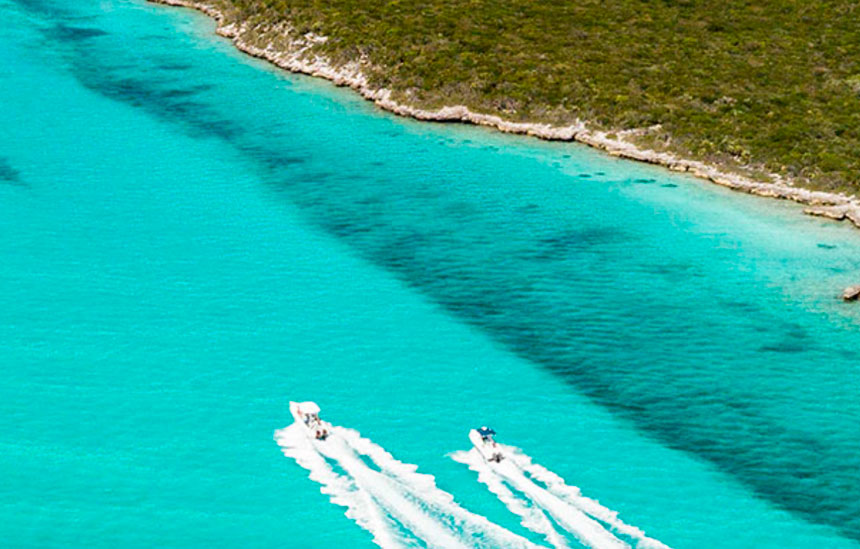Scarcity is the new reality, but proven technologies bring results
Droughts are likely to be an increasing problem around the world. Climate change is both reducing precipitation in many regions and dumping too much water at once. Urbanization is increasing water demand beyond the capacity of existing systems and resources. What solutions are available to prepare for drought?
Stormwater Capture
To manage long dry stretches punctuated by intense rain events, there are several ways to capture precipitation during rainy periods and save it for more arid times.
Among those ways are traditional dams and reservoirs. Groundwater banking, managed aquifer recharge, and groundwater storage projects are also effective without many of the negatives associated with damming rivers. Watershed upgrades can even out river flows throughout the year. And there are urban planning measures like water-sensitive urban design and “sponge cities” that hold and percolate water into aquifers.
Wastewater Reuse
Water scarcity is a global issue, from the American West’s long-term megadrought to the aridity in Taiwan that recently affected microchip supplies. It no longer makes sense to discard water after one use.
With water reuse, wastewater is commonly treated to nonpotable standards to create an abundant and cost-effective stream for landscape or agricultural irrigation, equipment or pavement washing, toilet flushing, industrial processes, and many more applications.
Desalination of Brackish Water and Seawater
Desalination turns salty water into fresh, drinkable water for municipal supplies, industry, and agriculture. While it’s generally more expensive than wastewater reuse, advances in reverse osmosis technology are lowering prices. Simultaneously, demand is increasing the value of water, and the knowledge base is growing for reducing desalination’s effects on ecosystems. Furthermore, modular equipment is making desalination more viable on smaller scales.
Desalination can be a lifeline for parched inland areas like in the American West. Some 800 times more brackish groundwater lies in United States aquifers than the amount of fresh groundwater the nation pumps every year, and it’s much easier and cheaper to desalinate brackish water than seawater.
One Seven Seas Water Group project in Alice, Texas, for instance, will provide a new source of freshwater from the city’s brackish aquifer at a lower cost than it is paying for water already. A build-own-operate-transfer arrangement as part of our Water-as-a-Service® offering is delivering that water with no initial capital outlay. The city will have a more resilient water source and break free of its distant, piped-in supply.
Complete Water Cycle Solutions
Complete water cycle solutions combine as many of these measures as possible. Given brackish or seawater, a desalination plant produces fresh drinking water. The wastewater is then converted to effluent that is safe for myriad nonpotable uses. Where stormwater is captured, a water purification plant makes it safe to drink.
In a nutshell, a complete water cycle solution takes advantage of every drop of available water. Seven Seas has the knowledge and vast supplier network to implement a complete water cycle solution for maximum drought resilience. While facing down drought can be daunting, there are ways to power through and flourish even with no initial capital. Contact Seven Seas to learn more.

